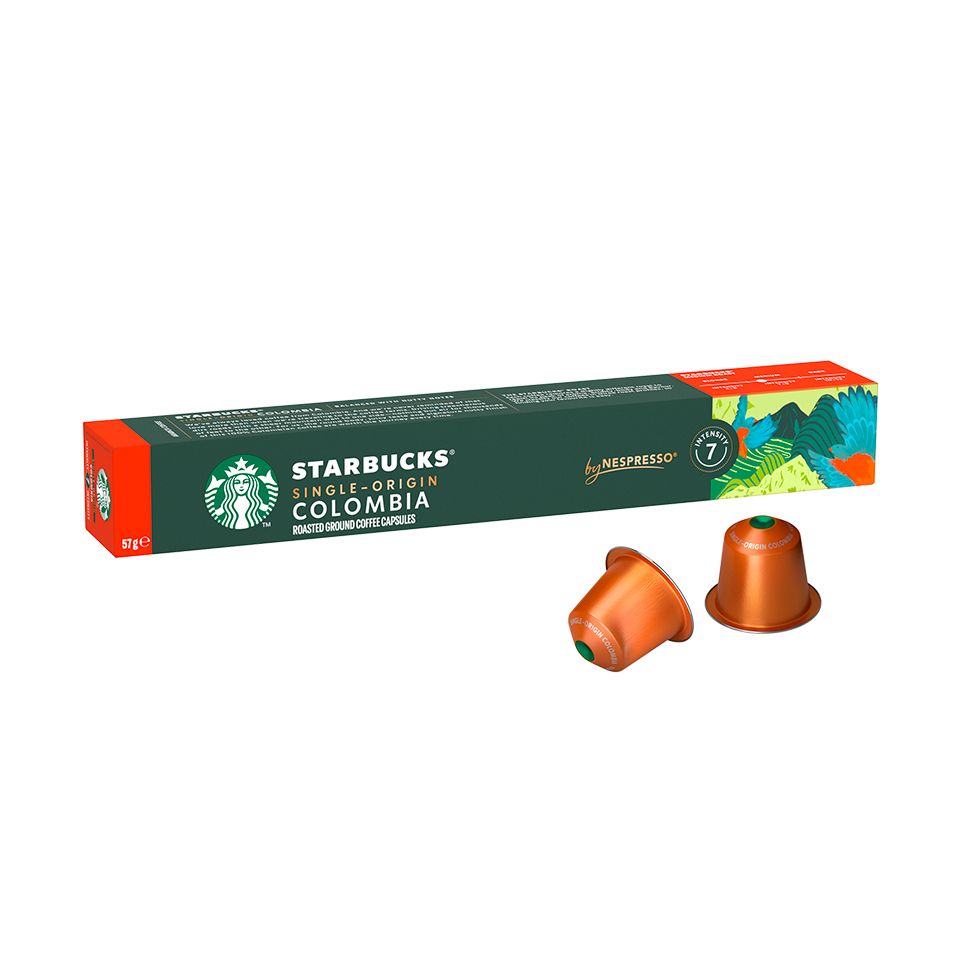Coffee Beans 101: Whatever You Required to Learn About Coffee and Blended Coffee Beans
When it comes to coffee, comprehending the nuances of espresso and combined beans can transform your daily cup. You'll uncover the unique characteristics of Arabica and Robusta beans, and how each impacts taste and caffeine material. From the growing procedure to toasting methods, every step contributes in your coffee experience. So, what makes the best brew? Let's explore the necessary components that add to an exceptional mug of coffee.
Comprehending Coffee Beans: Ranges and kinds
When diving into the globe of coffee, understanding the types and varieties of coffee beans is crucial for every fanatic. Arabica beans are understood for their smooth, intricate flavors and reduced caffeine web content, making them a favored amongst coffee enthusiasts.
Ethiopian Yirgacheffe provides brilliant flower notes, while Colombian beans provide a well-balanced taste account. By acquainting on your own with these beans and their flavors, you'll boost your coffee experience and make even more informed selections in your brewing trip.
The Expanding Process: From Seed to Bean
When you discover the trip of coffee, all of it begins with seed selection techniques that set the structure for high quality. From there, cultivation and harvesting play essential functions in ensuring the beans thrive. Handling methods change those collected cherries into the coffee beans you love.
Seed Choice Methods
Selecting the appropriate seeds is essential for creating high-grade coffee beans, as it lays the foundation for the whole growing process. You must start by selecting seeds from credible sources that prioritize top quality and hereditary diversity. Seek varieties understood to thrive in your certain environment and soil problems. Focus on the seed's age and storage conditions, as fresh seeds often tend to germinate far better. When possible, choose organic seeds to minimize direct exposure to dangerous chemicals. Consider the condition resistance of various selections, as this can substantially impact your return. Don't be reluctant to seek advice from with local farmers or specialists to gain insights into the ideal seed options for your region. This understanding will improve your coffee-growing experience.
Farming and Harvesting
As you nurture your coffee seeds into flourishing plants, understanding the farming and harvesting procedure is vital for attaining the finest flavor and top quality. Beginning by planting your seeds in well-draining soil, ideally in a shaded location to shield them from straight sunlight.
Hand-picking is often the finest technique to ensure just the ripest cherries are picked. Timing is essential; collecting too late or also early can influence the taste profile of your beans.

Processing Methods Explained
When you have actually harvested your coffee cherries, the following important step is refining them to transform those vibrant fruits right into the beans you'll brew. There are two primary techniques: the completely dry procedure and the wet procedure. In the completely dry process, you spread the cherries out in the sun to completely dry, enabling the fruit to ferment and present unique tastes to the beans. On the other hand, the damp process includes getting rid of the fruit instantly and fermenting the beans in water, leading to a cleaner preference. After handling, the beans are hulled, sorted, and typically dried out once more. Each approach influences the flavor account, so trying out both can help you find your favorite brew. Understanding these techniques is crucial to appreciating your coffee experience.
Toasting Methods: How Taste Is Created
When it comes to toasting coffee beans, understanding roast degrees is crucial to revealing their one-of-a-kind tastes. Each toasting strategy impacts the fragrance and boosts the flavor advancement procedure, providing you a richer coffee experience. Allow's explore just how these aspects integrated to elevate your daily brew.
Roast Degrees Described
Roast levels play a necessary duty in shaping the flavor profile of your coffee. By understanding these levels, you can better pick a coffee that matches your taste choices. Experiment with various roasts to uncover which one resonates with you, improving your overall coffee experience and pleasure.
Effect On Fragrance
The roast degree not only affects the taste of your coffee yet likewise greatly impacts its fragrance. When you select a light roast, you'll usually discover intense, floral notes that can make your coffee smell vibrant and fresh. As the beans dim, the aroma shifts; a tool roast brings out more balanced, caramelized aromas, while a dark roast often tends to include strong, great smoky touches. Each toasting technique launches different unpredictable compounds, forming just how your coffee smells. In addition, the quality of the beans plays a crucial duty; freshly roasted coffee launches much more aromatic oils, improving that attracting fragrance. So, pay attention to the roast degree-- it's key to revealing the complete aromatic experience of your mixture.
Flavor Development Refine
As you explore the flavor growth process, you'll uncover that toasting techniques play an essential duty in forming the preference profile of your coffee. The toasting temperature level and time directly influence the acidity, sweet taste, and anger of the beans. Light roasts preserve more of the bean's initial tastes, highlighting fruity and floral notes.
Coffee vs. Blended Coffee: Trick Differences
Espresso and mixed coffee each offer unique experiences that deal with various tastes and preferences. Espresso is a focused coffee made by compeling warm water through finely-ground coffee beans, causing a rich, vibrant flavor and a velvety layer of crema on top. It's frequently appreciated as a shot or utilized as a base for drinks like cappuccinos and cappucinos.
On the various other hand, combined coffee integrates different beans from different regions, developing an extra well balanced taste account. You'll commonly find blends that highlight level of acidity, body, or sweetness, making them flexible for different brewing techniques. While espresso concentrates on strength, combined coffee might provide a broader series of tastes that can transform with each sip.
Inevitably, your option between espresso and combined coffee boils down to your individual choice. Whether you hunger for a fast shock or a leisurely mug, both choices have something scrumptious to offer.

Brewing Techniques: Opening the Perfect Mug
When it pertains to developing coffee, discovering the right approach can transform your experience and elevate your cup. Each developing technique has its special appeal and can considerably affect your coffee's flavor and scent. As an example, utilizing a French press allows you to enjoy a full-bodied and abundant mixture, while a pour-over method supplies a clean, brilliant cup with unique flavors.
If you prefer coffee, purchasing a top quality machine can aid you understand the art of drawing shots. Alternatively, for comfort, a single-serve sheathing system provides speed without sacrificing taste.
Do not neglect about chilly mixture, which supplies a smooth, much less acidic coffee suitable for warm days. Explore different techniques to find what resonates with your palate. Each developing technique opens a brand-new world of opportunities, so take the time to check out and discover your perfect cup. Satisfied developing!
Tasting Notes: Identifying Flavor Profiles
Exactly how can you absolutely appreciate your coffee if you do not recognize what flavors to try to find? Tasting notes are your overview to understanding the complex world of coffee. When you drink, focus on the first tastes that hit your taste. You could spot fruity notes, like berry or citrus, or probably a nutty undertone. As you proceed to taste, see exactly how the tastes develop-- this is known as the "finish." Some coffees may leave a chocolatey or sugar aftertaste, while others may have an intense, tidy surface.
Consider the body of the coffee, as well; is it light and ventilated or thick and syrupy? Don't neglect level of acidity; a brilliant level of acidity can add vigor, while a low acidity could provide a smoother experience. By determining these flavor accounts, you'll grow your connection with each cup, making coffee tasting a wonderful trip of discovery.

Tips for Picking and Storage Coffee Beans
Keeping and choosing coffee beans effectively can considerably improve your developing experience. Begin by picking high-quality beans that fit your taste - SOE.
As soon as you have your beans, save them in an airtight container to stop exposure to moisture, air, and light. A dark, trendy place works best, so avoid keeping them in the fridge or freezer, as this can present moisture. Only grind the quantity you require to preserve freshness; entire beans maintain taste longer than pre-ground coffee.
Last but not least, attempt to utilize your beans within 2 to 4 weeks after opening up for peak taste. Adhering to these tips will assure your coffee stays satisfying and tasty, elevating your daily mixture to brand-new heights.
Frequently Asked Inquiries
Exactly How Lengthy Do Coffee Beans Stay Fresh After Roasting?
Coffee beans SOE stay fresh for about 2 weeks after toasting - SOE. You need to keep them in an impermeable container, away from light and wetness. Afterwards, their taste and aroma begin to decrease substantially

Can I Mix Different Coffee Bean Varieties?
Definitely, you can blend various coffee bean selections! Try out blends can enhance flavors and create an one-of-a-kind preference account. Just see to it to balance the strengths and features of each range for the very best results.
What Is the Suitable Grind Size for Espresso?
For espresso, you'll want a fine grind dimension, about the structure of salt. This allows perfect extraction, causing an abundant, tasty shot. Experiment a little bit to locate what suits your preference best!
Exactly How Does Elevation Affect Coffee Bean Flavor?
Altitude influences coffee bean taste by affecting the development rate and chemical composition. Greater elevations lead to slower growth, which enhances level of acidity and complexity, providing your coffee a vivid and special preference you won't fail to remember.
Are There Decaffeinated Versions of Espresso Beans?
Yes, there are decaffeinated versions of espresso beans. You can appreciate a rich espresso taste without the high levels of caffeine kick. Simply try to find "decaf" blends at your local coffee bar or specialty shop.
Coffee Beans 101: Everything You Need to Know About Coffee and Blended Coffee Beans.
When diving right into the world of coffee, understanding the kinds and selections of coffee beans is essential for every fanatic.When it comes to toasting coffee beans, understanding roast degrees is vital to disclosing their distinct flavors. Coffee is a concentrated coffee brewed by forcing hot water with finely-ground coffee beans, resulting in a rich, strong taste and a luscious layer of crema on top.On the other hand, mixed coffee combines various beans from various regions, developing a much more balanced taste profile.